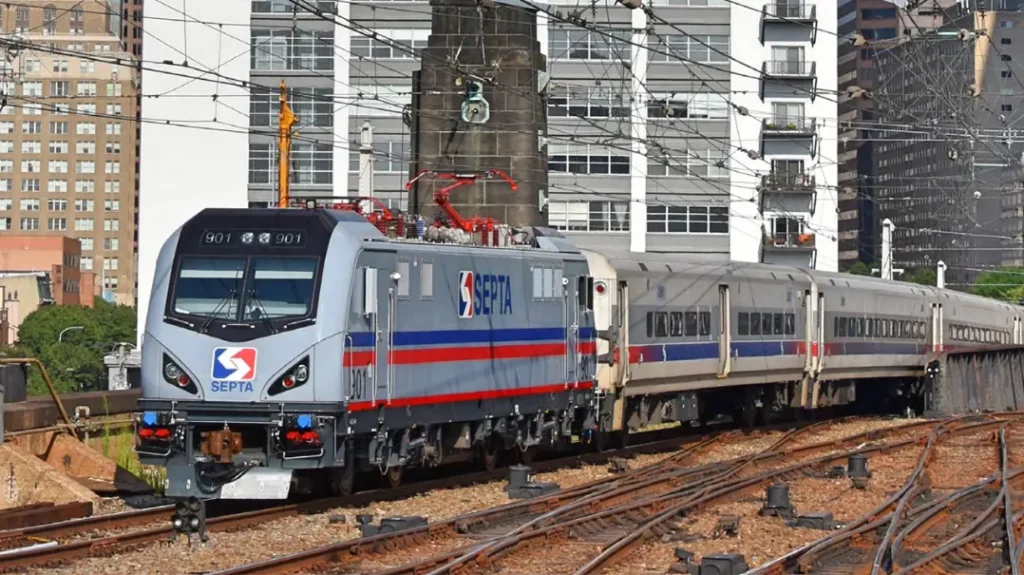Is your SEPTA commute about to change? Here’s what every Philly rider needs to know in 2025.
Whether you rely on SEPTA for your daily grind or you’re a casual rider trying to navigate the city with fewer headaches, this year brings major updates that could shake up your routine. We’re talking new schedules, service adjustments, digital tools, and even policy changes that directly impact how, when, and where you ride.
You’re here because you want clear answers—and we’ve got them. This guide breaks down everything you need to know about the latest SEPTA changes in 2025, along with practical commuter tips to help you stay ahead of delays, disruptions, and surprises.
Let’s dive in.
What’s Changing in the SEPTA Schedule for 2025?
SEPTA (Southeastern Pennsylvania Transportation Authority) is rolling out sweeping changes this year across multiple lines and services. These aren’t just minor tweaks—they’re part of a broader strategy to modernize the system, improve efficiency, and match real-time rider demand.
Key SEPTA Changes for 2025:
New Timetables for Regional Rail
Effective July 1, 2025, SEPTA is adjusting Regional Rail schedules across several lines, including:
- Paoli/Thorndale Line: More frequent service during off-peak hours
- Warminster Line: Reduced late-night service due to low ridership
- Airport Line: Revised weekend service to better align with flight times
Pro Tip: Use the official SEPTA App or Google Maps for real-time train tracking and updates.
Bus Revolution Is Here
The long-awaited Bus Revolution initiative is launching its first wave in August. What’s changing?
- Simplified routes with clearer signage
- More frequent buses on high-ridership corridors
- Fewer duplicate routes to reduce confusion
- Introduction of “microtransit zones” for on-demand service in lower-density areas
This means your usual Route 23 or 47 might have new stops—or get replaced altogether.
Subway & Trolley Tweaks
Subway and trolley riders can expect:
- Late-night Broad Street Line service extension on weekends (yes!)
- Trolley routes 11 and 13 will be combined for faster crosstown trips
- Platform upgrades to improve accessibility and boarding times
How to Navigate the New SEPTA System (Without Losing Your Mind)
Change is good—until you’re standing at a bus stop wondering where your ride went. Here’s how to adapt smartly:
✅ Plan Ahead with These Tools
- SEPTA Key App: Check schedules, reload your Key Card, and get service alerts.
- Transit App: Offers real-time tracking and trip-planning tailored to SEPTA.
- Google Maps: Surprisingly accurate for updated transit routes.
✅ Rethink Your Commute Timing
With some trains running less frequently and buses more often, it might make sense to:
- Shift your travel window 10–15 minutes to catch the faster options
- Combine modes (e.g., Regional Rail + Bus) to save time
- Use microtransit (like Lyft-style SEPTA shuttles) in certain neighborhoods
Why Is SEPTA Making These Changes?
Let’s be real: SEPTA didn’t just wake up one day and decide to shuffle everything. These changes are data-driven.
Here’s the rationale:
- Ridership patterns have changed post-pandemic
- Budget constraints mean optimizing underused routes
- A push toward greener, smarter urban mobility
Think of it like cleaning out a cluttered closet: you remove what you no longer need and organize what works best.
Real-World Scenario: From Chaos to Clarity
Meet Jasmine, a Temple University student commuting from Upper Darby.
Before the changes:
- Took Route 21 + Market-Frankford Line
- Routinely late due to inconsistent bus times
After the changes:
- Uses simplified express bus + upgraded MFL with improved frequency
- Now arrives on campus 15 minutes earlier—consistently
Moral of the story? Adapting can actually improve your experience—once you understand the updates.
SEPTA Commuter Tips for 2025
Want to stay sane (and maybe even enjoy) your ride? Follow these proven tips:
Stay Updated
- Subscribe to SEPTA’s Service Alerts by email or SMS
- Follow @SEPTA on Twitter/X for breaking updates
Embrace Digital Tools
- Use your SEPTA Key to avoid fare machine hassles
- Download “Next to Arrive”feature on the app to skip guessing games
Watch for Signage
Some stations will have new signage or boarding locations. Keep your eyes peeled for:
- Color-coded route info
- Temporary detours marked in yellow
Pack Smart
No one wants to be that person stuck on a delayed trolley without snacks, headphones, or a backup charger.
FAQs About SEPTA in 2025
Is the SEPTA Key Card still required?
Yes. It’s still the main fare method, but mobile payment options are coming later this year.
Will fares increase in 2025?
As of now, base fares remain unchanged, but there may be pilot programs for discounted off-peak travel.
What’s the deal with microtransit?
Think of it as SEPTA’s version of Uber for low-demand areas—on-demand rides using SEPTA-branded vans or shuttles.
Can I use SEPTA to connect with Amtrak or NJ Transit?
Absolutely. SEPTA offers seamless connections at major hubs like 30th Street Station and Trenton.
Final Thoughts: Adapt Early, Ride Better
We get it—change can feel overwhelming. But with the right mindset and a few smart tools, SEPTA’s 2025 overhaul can actually make your daily commute faster, smoother, and more predictable.
Your best bet?
Don’t wait until the first missed bus. Explore the new maps, set alerts, and ride a few test trips now.
Because the better you understand SEPTA 2025, the more confident—and stress-free—your ride becomes.
